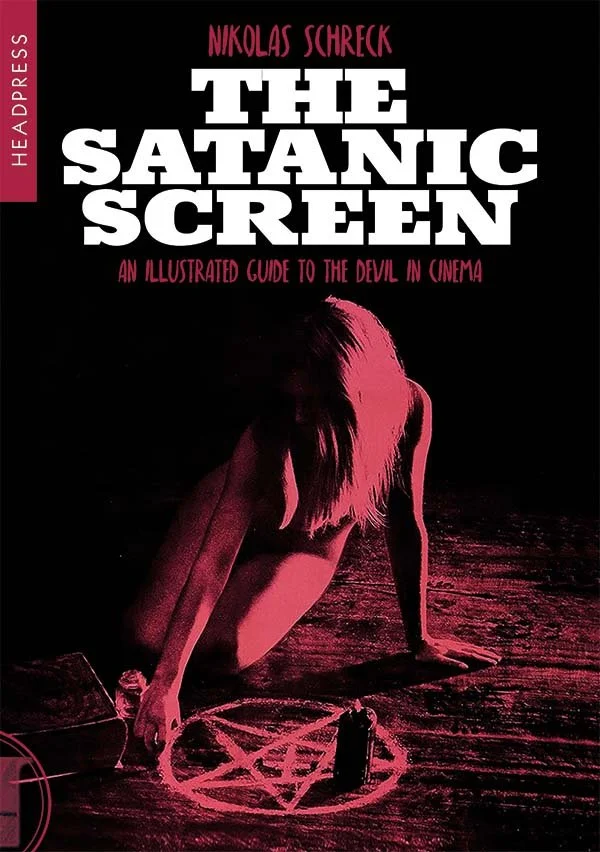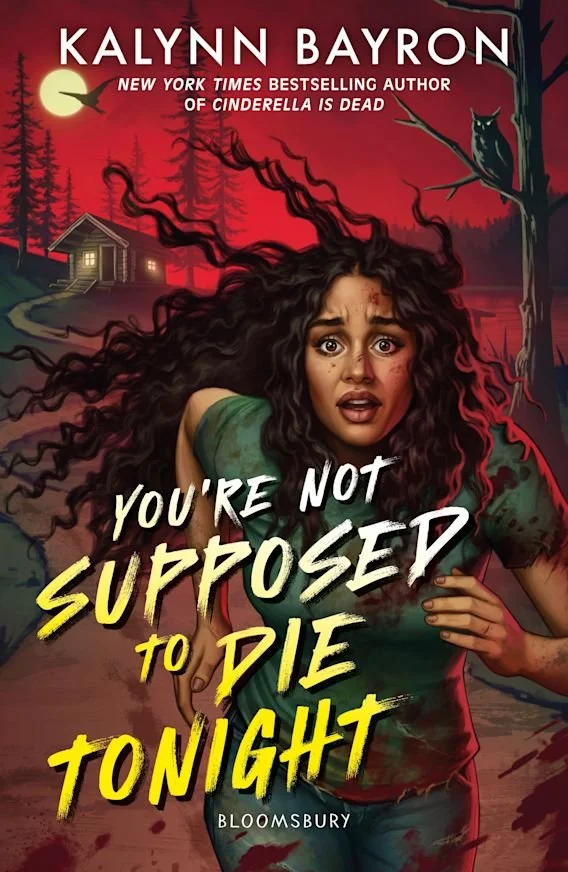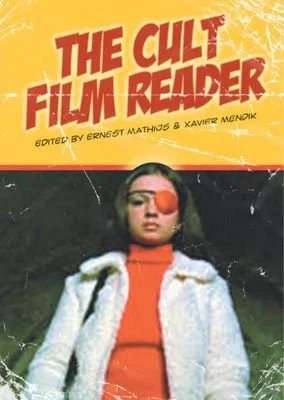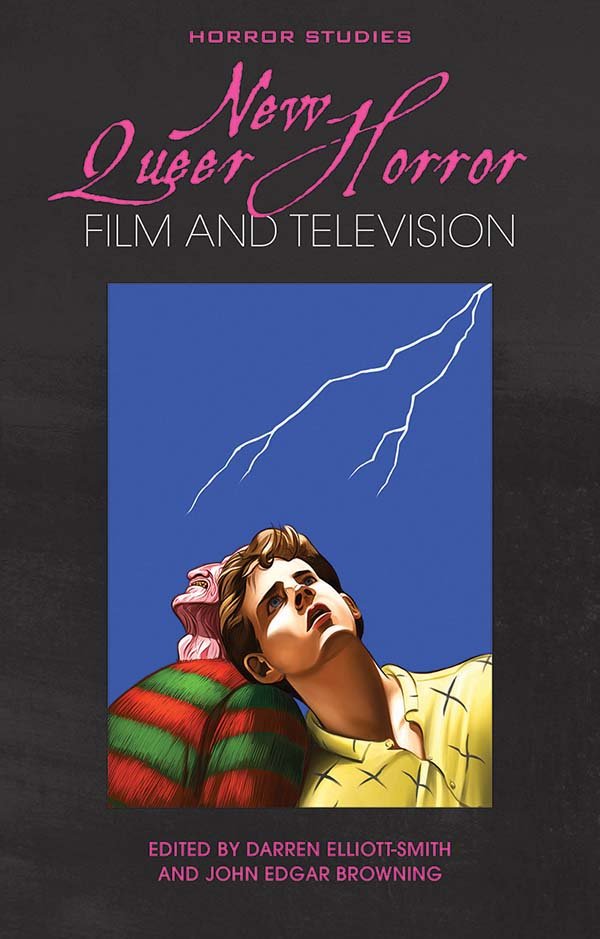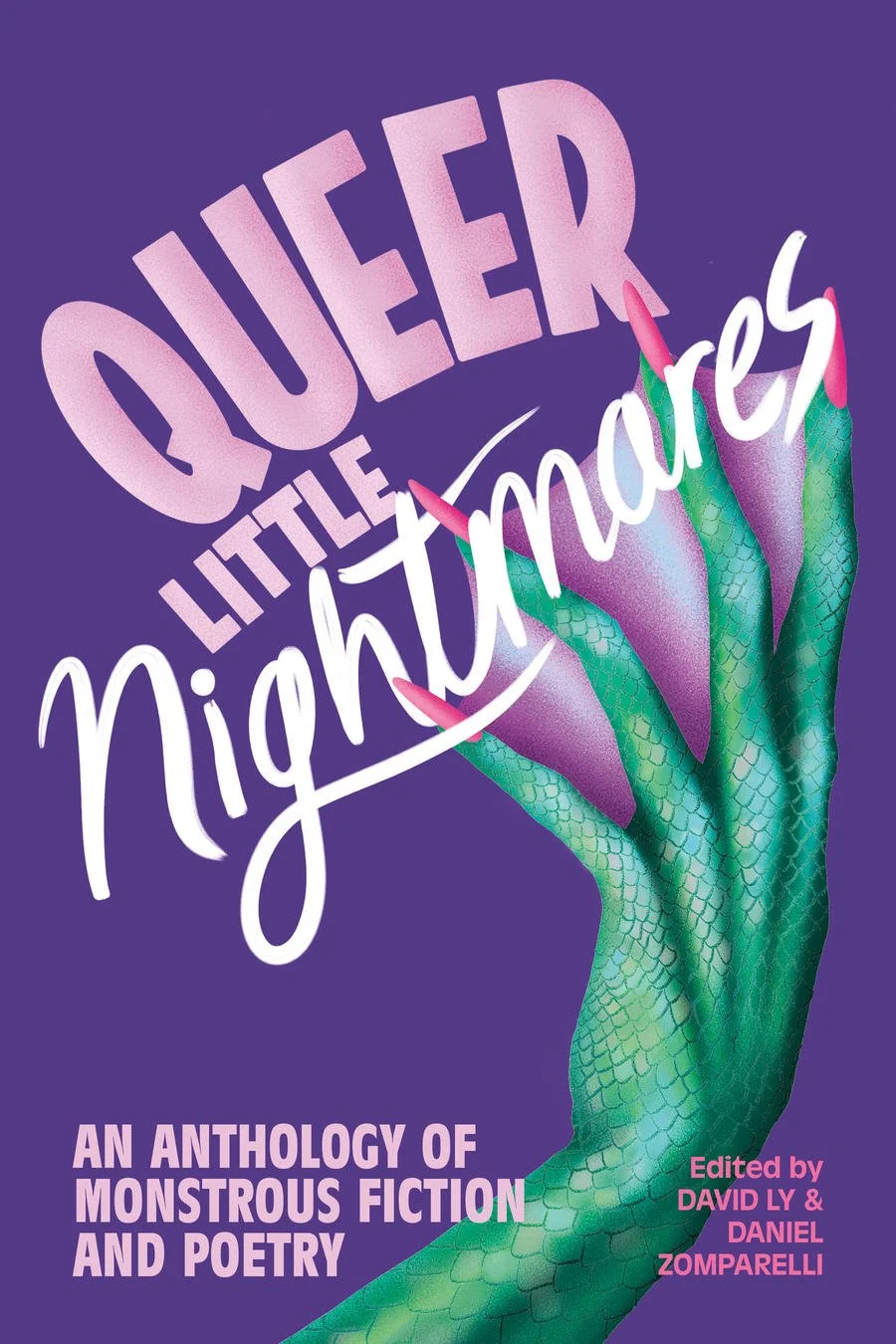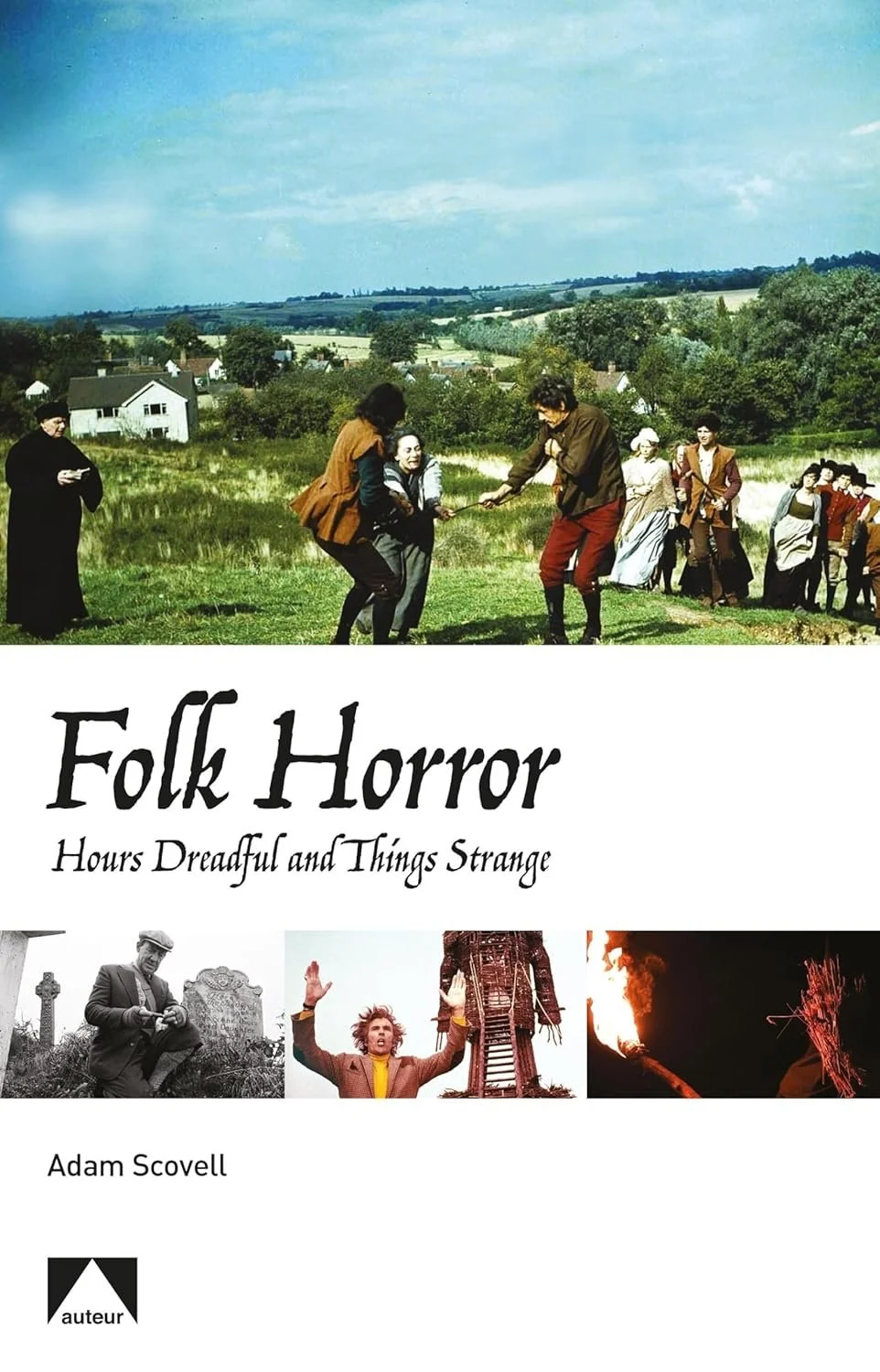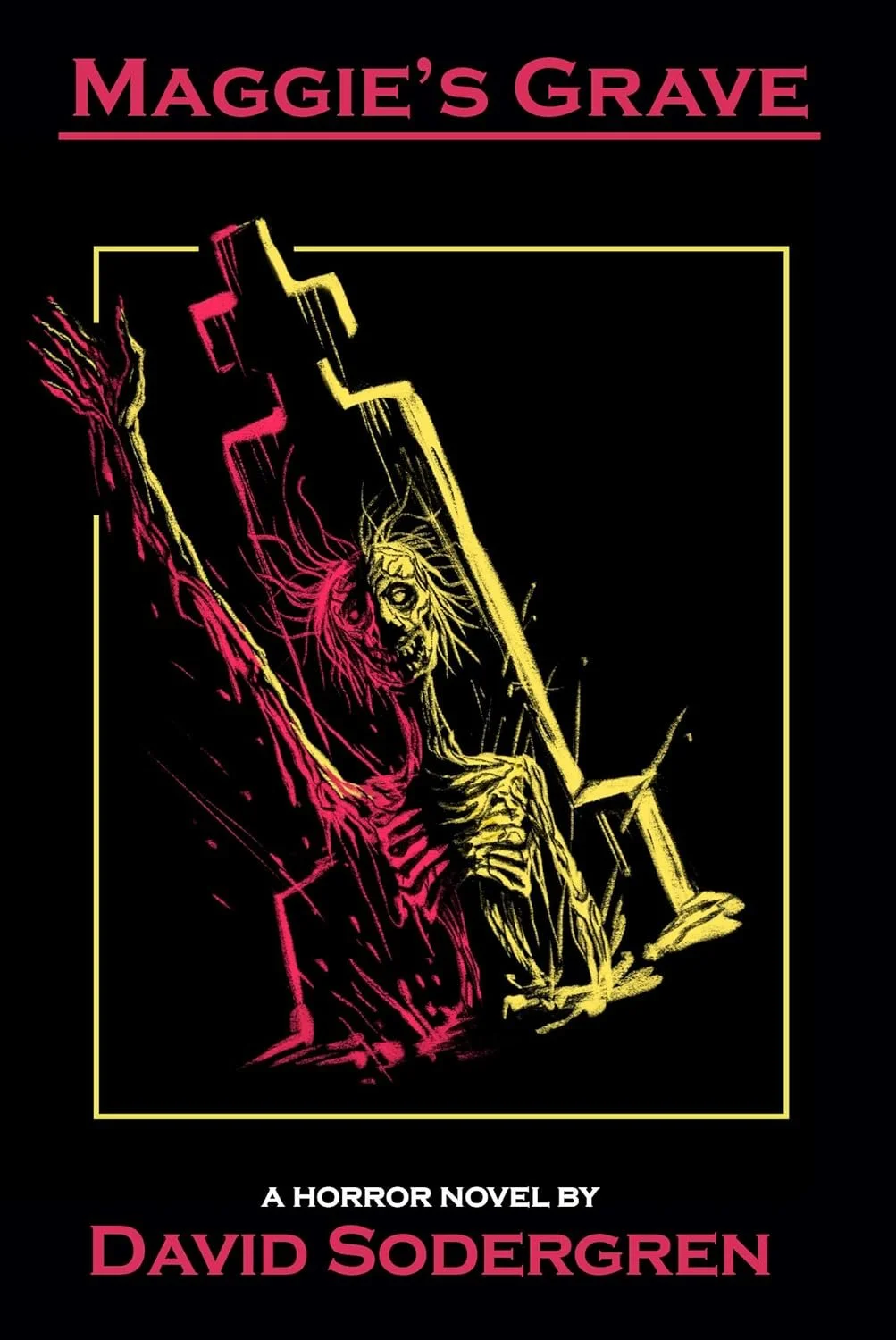It Came From the Shelves... On Writing: A Memoir of the Craft
When it comes to literary craft, and those who have made an impact on the world of words, the modern audience cannot deny the title bestowed upon the Master of the Macabre, Stephen King. Having written over 65 novels, 200 short stories, many of which have been adapted into films or television series — including directorial efforts from the man himself — King continues to be a lasting influence among those who seek scares. For many who gravitated to his stories from an early age, those words held on tight and turned them into lifelong bookworms, lifelong fans; a Constant Reader. At the beginning of the new millennium while dealing with a real terrifying brush with death, King put his pen to paper to discuss just that: how he does it.
Image: Scribner
Originally published in 2000, On Writing: A Memoir of the Craft by Stephen King is an easy read at around 288 pages (give or take depending on edition and printing version) and details the author’s perspective on the language and tools he personally uses to draft his work. The book detours from King’s usual tales of terror and instead offers a more bare-bones approach to how it all comes to life. Currently sitting at 4.3 out of 5 stars on Goodreads, 4.8 out of 5 stars on Audible, and a 90% Google User Rating, On Writing is a worthy writing companion that offers thoughts and insight from one of the most well known names in the business.
So, what exactly does the Stephen King have to say? On Writing, that is…
The Man
It is first important to note that the word “memoir” in the title should not mislead readers into thinking this is an autobiography. While the book is dedicated to how King manages and maneuvers his written pieces, a significant portion of On Writing does give us a glimpse inside his real life from early childhood to literary stardom, including his humble beginnings and downward spirals. On Writing evenly mixes personal anecdotes with solid writing advice through a straightforward, honest side of King that is rarely seen. Like a conversation between good friends, this read is peppered with humor and blunt criticism as King fleshes out the complexity that is turning ideas into fully realized compositions. King does not pretend to know it all which seems to add even more credence to his account on the subject. His commentary, whether it be on his family, publishing, his concepts, and even his addiction, makes for a very candid expression of a true artist who honestly loves and respects his craft and encourages readers to do the same.
The Basics
Where King’s personal narratives provide familiar sentiment, his basic rules of writing turn out a valuable toolbox full of important mini-lessons and useful examples on everything from vocabulary and grammar, to style, form, and pace, to narration and dialogue. He gives grounded feelings on critical review and rejection as well as preaching the importance of reading while briefly dissecting common writing standards, including structure, theme, symbolism, meaning, and more.
On Writing never shies away from sharing the help and support King received from others, particularly his beloved wife, Tabitha, which adds a comforting level of understanding from one so popular. Each section proves he has a competent assessment of writing mechanics resulting in a simplistic way of relaying them to the reader. King knows what makes good storytelling and he assures that no part of it, especially the process itself, is perfect.
The Nuance
Being written over 25 years ago, it's excusable that some of the material and commentary from King is slightly dated. There are pieces of pure gold and few that may be deemed obvious and possibly irrelevant, it truly depends on the reader. The overall insight focuses more on the language itself, the persistence, commitment, and creativity, subject matter that can be applicable to the broadest of audiences.
On Writing is not strictly for fans of the horror genre, as it can be enjoyed by anyone, readers and writers, beginners and the accomplished. While there are plenty of handbooks, biographies, analysis texts, and other articles out there detailing the art of writing, King’s flair makes this book a special and equally comprehensive guide. It’s a book full of masterful bits begging for annotation (I own a spare copy specifically for highlighting). Following the turn of the last page, readers will find themselves with a newfound appreciation for and confidence in their own writing abilities, as well as those of others.
In summary, you won’t find a paragraph on instant success; there is no Dumbo’s magic feather within these pages (King will let you know that himself); however, what you may discover is an encouraging hand of inspiration, honest guidance, and some noteworthy lines to motivate your own work.
On Writing is an essential addition to all writers’ shelves, haunted or otherwise.
On Writing: A Memoir of the Craft Rating: 4/5 highlighters
Pages: 288
Publisher: Scribner
Price: Anywhere from $10.00 to $30.00
Publication Date: 2000
I’ll be back soon with another of King’s books on writing. Until then, thank you for reading.
Your Accursed Librarian,
Jessica
Essential Horror Film And Fiction Books For Every Shelf: Summerween Special [Part Three]!
Spoofing The Vampire: Essays On Bloodsucking Comedy
We could have included any number of Simon Bacon's comprehensive list of books analyzing vampires across visual culture, but Spoofing The Vampire is not only the first book dedicated to dissecting the vampire comedy on film and television, it's also a real treat to read.
Distinguishing between parody, satire, and serious-spoofing, it covers everything from defanging Nosferatu in children's media to "Mocking Masculinity" via subversion in women-directed vampire films to "Vampires Clashing with the 21st Century."
Image: McFarland
Image: Pulp-Lit Productions
Varney The Vampire; Or, The Feast Of Blood
Fans of Penny Dreadful (let's just pretend the show ended before the abysmal final showdown...), this one's for you! Varney The Vampire (often attributed to James Malcolm Rymer and Thomas Peckett) is a popular example of the penny dreadful, notorious Victorian gothic literature serialized in illustrated pamphlets.
Pulp-Lit Productions collects several issues across two volumes, including original woodcut illustrations and presented as they would have appeared in the 1840s, albeit with larger print for reading ease.
The Horror Sensorium: Media And The Senses
Angela Ndalianis' The Horror Sensorium analyzes how storytelling practices, emotional experiences, cognitive responses, and physicality ignite the sensory mechanics of the body and its connected intellectual and cognitive functions.
Image: McFarland
Image: Dark Moon Books
The Five Senses Of Horror
This unique anthology, edited by Eric J. Guignard, offers sixteen horror stories exploring how our impressions of the world are formed by the five senses.
Each entry is accompanied by cognitive, cultural, and literary insights by psychologist Jessica Bayliss, which, in addition to further academic and fiction reading lists, makes this an essential book for writers of psychological or sensory horror.
Killing For Culture: From Edison To Isis
David Kerekes and David Slater's Killing For Culture offers a detailed history of death on film, broken into three sections: the depiction of death in conventional or feature films (focusing on Roberta and Michael Findlay's exploitation film Snuff — originally filmed in 1971 and loosely based on the Manson murders, later released by Alan Shackleton in 1976 with a new ending and marketed as an actual snuff tape), mondo films (shockumentaries purporting to show real death, often containing real animal cruelty), and death captured on film (focusing on the live broadcast of State Senator R. Budd Dwyer's suicide).
This was the first book in the Critierion Cinema series (see part one of our list for another entry, The Satanic Screen), which has since been expanded in a reprint by Headpress — highly recommend getting both editions if you can!
Image: Headpress Books
Image: Independent
Autumn Gothic
An extreme horror novel involving the gods of death, Brian Bowyer's Autumn Gothic is an unrelenting read that takes you on a violent race across America.
After guitarist Mark learns that ritual murder is to thank for his bandmate Delilah’s musical success, she lets him scram rather than become her next sacrifice — before changing her mind and hunting him down.
As she carves her way from LA to a haunted mansion in West Virginia, arriving just in time for Halloween, she discovers Mark and the mansion’s former resident aren’t alone.
Terror Tracks: Music, Sound And Horror Cinema
Focusing on the post-War period, Terror Tracks, edited by Philip Hayward, explores patterns and inflection in a range of scores — orchestral, popular, rock, and electronic — and how these relate to non-musical sound.
Image: Equinox Publishing Ltd
Image: JournalStone
Out Of Tune
Edited by Jonathan Maberry, Out Of Tune is an anthology series split across two volumes that creatively reimagines folk ballads as short dark fiction.
Accompanying each story, folklorist Nancy Keim Comley comments on each source ballad in this wonderful blend of folkloristics, storytelling, and ethnomusicology.
Also had to mention George R.R. Martin's 1983 novel The Armageddon Rag, in which a journalist’s investigation into the death of a rock promoter reveals that his favorite band, Nazgûl, has returned to the music scene with a little help from a demonic force...
Reservation Reelism: Redfacing, Visual Sovereignty, And Representations Of Native Americans In Film
While not horror-specific, Michelle H. Raheja's Reservation Reelism is the first book-length text to explore how the contributions of Indigenous actors, filmmakers, and spectators helped to shape the representation of Indigenous peoples in Hollywood.
A comprehensive study that fully embraces the complexity of this relationship, it attempts to create positive representations in film that reflect the influence and experiences of Native peoples and communities in Hollywood and beyond.
Image: University of Nebraska Press
Image: Knopf Doubleday Publishing Group
Never Whistle At Night: An Indigenous Dark Fiction Anthology
Edited by Shane Hawk and Theodore C. Van Alst Jr., Never Whistle At Night is bursting with 26 stories from Indigenous North American authors.
Featuring a foreword by Stephen Graham Jones, who introduces and frames the importance of the book's Native perspective when he speaks to a specific fear of the "colonized body" in possession narratives, the breadth and range of subjects, style, and sociocultural themes explored resonates beyond literary representation.
Essential horror film and fiction books for every shelf: Summerween special [part one]!
Happy Pride! Summer is officially here and whether you're a spooky sun bunny or longing for autumn darkness, I think we can all agree that Summerween is a perfect excuse to make that horror TBR pile a little bigger...
Throughout the month of June, we're taking over the blog with a three-part It Came From The Shelves... Summerween special!
Each week, we'll add to a list of recommended horror books from the Hex Libris stacks, pairing essential film theory books with fiction faves.
Grab your drink of choice and let's go!
Image: Headpress
The Satanic Screen: An Illustrated Guide To The Devil In Cinema
Nikolas Schreck's The Satanic Screen is a fabulous compendium of Satanic films.
A practitioner of magic, Schreck draws on his own spiritual and occult knowledge to explore the symbiotic relationship between the films and leading occultists.
Originally published in 2001, Headpress released a revised and updated edition in May 2024.
At the time of writing, special edition hardback copies are available directly from the website!
Between Two Fires
The depiction of the devil can be interpreted in so many ways, but I went with Christopher Buehlman’s Medieval horror Between Two Fires for this pairing — mostly as I don't hear it talked about too often, and also as I felt it a bit of a cop-out to recommend source material for films covered in The Satanic Screen.*
Set in France during the Black Plague, Between Two Fires follows a former knight and orphan girl as they travel across a world (and even Hell itself) blighted by Lucifer and his band of fallen angels as they wage war on Heaven. The episodic structure of this historical horror (heavy on the Christian iconography and themes, with a dash of fantasy) plays like a horror video game, resulting in something of a poetic mash-up between Dante's Inferno, The Seventh Seal, and Constantine.
(*Though I have to include Arturo Pérez-Reverte's The Club Dumas; while The Ninth Gate was loosely (it removes the eponymous Dumas connection for a start...) based on the book, the film doesn't hold a candle to it. The Club Dumas is a book about a cursed book. With a book detective. Occult bibliophiles. Literary murder mysteries (with bookplates). Plus, Satan. Seriously, what more do you need?)
Image: Continuum
Blood Money: A History Of The First Teen Slasher Film Cycle
Horror film scholarship’s complex history with dominant psychoanalytic models, specifically in relation to the slasher film, traditionally posited that the violence and misogyny within these formulaic films catered to a young male demographic.
Richard Nowell's Blood Money — a meticulously researched study that draws comparisons with post-classical Hollywood films and viewership — shifts this focus to demonstrate how North American filmmakers and marketers went to extraordinary lengths to make early teen slashers attractive to girls.
You’re Not Supposed To Die Tonight
"Final girl" Charity has landed her dream summer job at Camp Mirror Lake, recreating scenes from the 1983 cult slasher film, Curse of Camp Mirror Lake.
But as life starts to imitate art when one of her co-workers is found dead, she'll have to become the final girl in order to survive the night and discover Camp Mirror Lake's secrets.
A sapphic slasher with a summer camp setting that’s laced with 80s nostalgia, Kalynn Bayron’s YA novel has all the feels and is perfect for both younger audiences — as well as 'classic' horror fans (shout out to my 80s babes) of Fear Street, Point Horror, and Christopher Pike.
Image: Bloomsbury
Image: Open University Press
The Cult Film Reader
The Cult Film Reader, edited by Ernest Mathijs and Xavier Mendik, collects essays on the canon of cult cinema and its trends, icons, auteurs, and periods of global film production.
Divided into four areas — The Conceptions of Cult; Cult Case Studies; National and International Cults; and Cult Consumption — the book features seminal essays such as Susan Sontag's "Notes on Camp" and Jeffrey Sconce's "Trashing the Academy."
It Was All A Dream: An Anthology of Bad Horror Tropes Done Right
As a bit of a fun antithesis to the comprehensive survey of cult cinema traditions in The Cult Film Reader, It Was All A Dream is an enjoyable and inventive subversion of horror tropes across 26 short stories. While the writers are clearly having a blast — detailing the existential crisis of being the final final girl; why being possessed by a good entity is just as bad; and legal loopholes when making a deal with the devil — it's a real rollercoaster of emotions (as ever, do check content warnings).
With original cover art by Evangeline Gallagher and original interior illustrations by Christopher Castillo Díaz, it's also beautiful to read.
Image: Hungry Shadow Press
Image: University of Wales Press
New Queer Horror: Film and Television
Edited by Darren Elliott-Smith and John Edgar Browning, New Queer Horror is an anthology studying the form, aesthetics, and representations of LGBTQ+ identities in an emerging subgenre of film and television (post-2000) termed ‘New Queer Horror.’
Building on existing scholarship surrounding queer monstrosity, the collection features twelve essays exploring how this subgenre portrays contemporary anxieties within LGBTQ+ subcultures via character representation and narratives, examining how “New Queer Horror has turned the focus of fear on itself, on its own communities and subcultures.”
Queer Little Nightmares: An Anthology Of Monstrous Fiction And Poetry
Queer Little Nightmares examines the figure of the monster in horror — typically demonized, marginalized, and outcast — through a queer lens, celebrating and reclaiming these characters as queer icons.
Across 32 pieces of short fiction and poetry, the collection creatively explores themes such as identity, belonging, and coming into queerness. The diversity of LQBTQ+ voices contributing to this anthology — depicting 'monstrous' creatures from Eve to kaiju to the ghosts of Pride past — creates a beautiful melting pot of deeply human stories about what it means to "be (and to love) a monster."
Image: Arsenal Pulp Press
Image Auteur
Folk Horror: Hours Dreadful And Things Strange
Adam Scovell's Folk Horror: Hours Dreadful and Things Strange explores folk horror from a hauntological and topographical perspective, as the book's Shakespearean subtitle beautifully illustrates.
Covering an astounding body of films and television series — ranging from depictions of ancient Britain to modern Europe, and encompassing both ruralism and urban spaces — the book is a painstakingly researched study on the representation of the esoteric arts in the latter half of the twentieth century.
Maggie's Grave
As four young friends contemplate their bleak futures in the isolated, decaying town of Auchenmullan, which lies forgotten in the shadow of a mountain in the Scottish Highlands, they learn the hard way that the town is actually cursed when they take a tourist to the local haunt 'spot' — Maggie's Grave.
Falsely accused as a witch, Maggie has returned to claim what was taken from her...
A modern folk-tale, David Sodergren’s Maggie's Grave is a punchy, cinematic ride that packs in the body horror (perhaps the best character entrance ever?), comedy (who knew James Blunt's "You're Beautiful" could be more horrific?), and so much heart (believable small-town characters, social commentary, and an ending that will break your heart — before ripping it out).
Image: David Sodergren
As ever, thank you for reading.
We’ll be back next week with part two; until then, stay spooky!




![Essential Horror Film And Fiction Books For Every Shelf: Summerween Special [Part Three]!](https://images.squarespace-cdn.com/content/v1/5a89e7c6be42d637c550369c/1719160839051-TZ9HH5HP1PTUJVH63QT8/20240621+Hex+Libris+Blog+-+Black+and+Grey+-+Logo+-+on+White.png)












![Essential horror film and fiction books for every shelf: Summerween special [part one]!](https://images.squarespace-cdn.com/content/v1/5a89e7c6be42d637c550369c/1719160794420-QGGSLVELC4CNWOVID4NR/20240621+Hex+Libris+Blog+-+Black+and+Grey+-+Logo+-+on+White.png)

